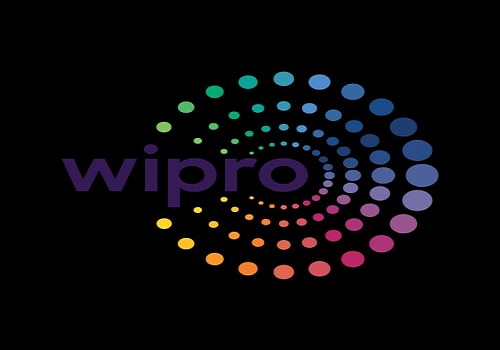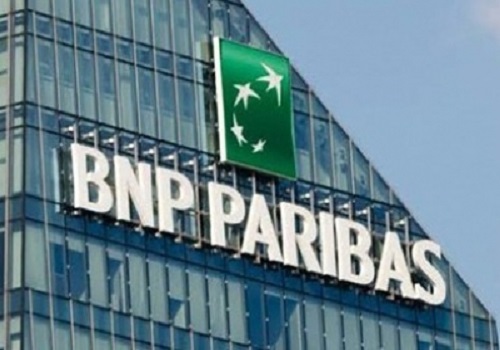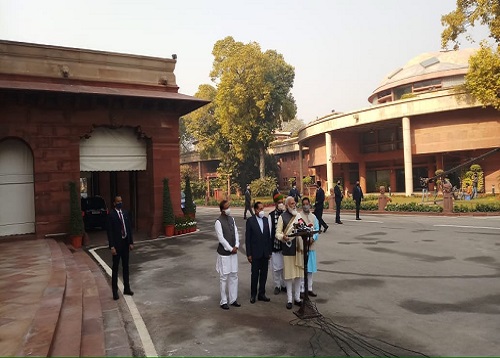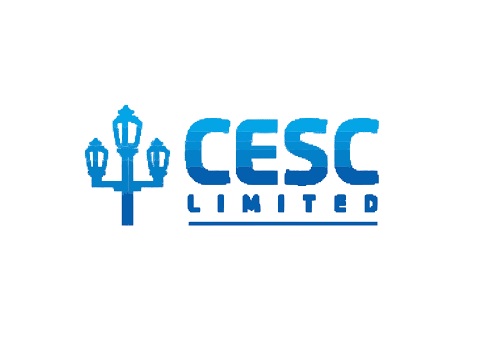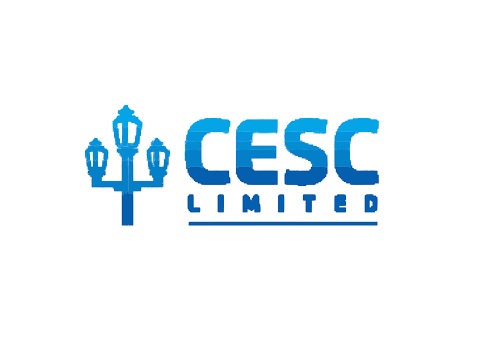Insurance Sector Update - FY22 New Business Mix: Non-PAR outperforms, ULIP slows down and PAR struggles By Emkay Global

Follow us Now on Telegram ! Get daily 10 - 12 important updates on Business, Finance and Investment. Join our Telegram Channel
https://t.me/InvestmentGuruIndiacom
Download Telegram App before Joining the Channel
The four key messages coming out of the life insurance sector’s FY22 new business product mix data are: 1. ULIPs made a strong comeback in 9MFY22 (Retail APE +50% YoY) but slowed down materially in Q4 (+8% YoY), driving FY22 ULIP Retail APE growth to 33%; 2. Pension products and non-par (savings) continued to grow strongly, but Annuity and par savings struggled, reflecting LIC’s (the most dominant player in these segments) slow growth; 3. The materially slow growth in sum assured from individual new business vs. premium growth very clearly reflects the slowdown in Retail Protection volumes due to the demand impact stemming from price hikes and supply-side issues which limited insurers from underwriting retail term policies in H1FY22; and 4. The strong growth in GTI premium (+82% YoY) vs. 17% YoY growth in Sum Assured reflects strong price hikes in the GTI business. In sum, these developments were the outcome of a combination of factors, including low interest rates, buoyant equity markets, increased mortality due to the severe Delta wave of Covid-19, increasing financial sophistication of customers and product innovation by leading private life insurers. Going forward, with the interest rate cycle reversing, volatile equity markets, high inflation and the return of postponed discretionary consumption will mean that middle-class household savings will be under pressure, leading to some pressure on the life insurance savings business. Relatively speaking, the large private players, equipped with their superior brands and distribution networks and employing their agile and innovative approaches, are well-poised for strong growth and increase their market share. Due to the relative underperformance of the listed life insurers, their valuations have become undemanding, despite their strengths. Based on the risk-reward proposition, our order of preference is SBILIFE (Buy), MAXF (Buy), HDFCLIFE (Buy) and IPRULIFE (Buy).
* Product mix changes are a reflection of external environment and changing customer preferences: The change in new business product mix in FY22 has been shaped by a combination of external factors, including a sustained low interest rate environment, buoyant equity markets in H1FY22 and Covid-19-led dislocations (additional savings to be deployed by the upper middle class and affluent class, but clipped savings ability of masses). These external factors, along with changing customer preferences, have driven the changes in new business mix toward ULIP, non-par savings and pension products. However, amid rising interest rates, volatile equity markets and the return of discretionary consumption, it is likely that growth of the overall life insurance savings business will face some headwinds and product preference might also see some changes in FY23.
* Non-par and pension maintained sustained growth, but ULIPs slowed materially in Q4: Strong equity markets and increased savings of the affluent class and white-collared youth with higher risk appetite meant that ULIPs delivered strong growth in Retail APE in 9MFY22 (+50% YoY). However, the growth in ULIP APE materially slowed down to +8% YoY in Q4, taking FY22 growth to 33% YoY. Non-par (savings and protection) continued to grow sustainably despite the slowdown in non-par protection part, with its share in individual APE increasing to 23% in FY22 from 18% in FY20. This is an outcome of multiple factors: 1. growing demand for guaranteed products amid low interest rates offered by banks on Time Deposits; and 2. increased innovative guaranteed product offerings by many private life insurers; 3. availability of wider hedging options (Forward Rate Agreement, Partly paid bonds, long-dated G-Secs, etc.) allowing life insurers to offer a variety of guaranteed products; and 4. Increased awareness about the opacity of par products among affluent customers. Pension products continue to grow attractively, likely reflecting the robust demand from customers and increased focus of leading players in this segment. Taking all non-par products into account (savings, protection, annuity and pensions), their share rose to 32% in FY22 from 24% in FY20.
* Par savings losing sheen: In the post Covid-19 world, the mass-saver segment customers have seen their earnings and savings eroded, while the affluent and white-collar workers have seen their savings increase. As a result, the masses' contribution to new business has decreased while the affluent's contribution has increased. That, in turn, has led to increased ticket sizes of policies and a loss of market share for LIC, which caters more to the masses. The lower participation from the masses also meant muted growth in participatory savings products. More importantly, the opacity of par products has started to impact their acceptance among informed mass-affluent and HNI customers. Additionally, after the recent fund bifurcation at LIC and its gradual shift to 90:10 surplus sharing, the attractiveness of LIC’s par products will be also reduced and, hence, PAR growth will likely remain relatively muted.
* Muted sum assured growth in individual new business likely a reflection of the slowdown in retail protection sales: The sum assured from individual regular new business witnessed a muted 3% CAGR vs. new business premium CAGR of 9% in FY20- 22. This is contrary to the trend seen in recent years when the sum assured has been growing much faster than premium growth, driven by increasing retail protection in the business mix. The trend this year is a likely reflection of the materially reduced policy volume of retail protection sales amid multiple price hikes taken by leading private players and supply-side issues impacting retail protection sales in H1FY22.
* Strong growth in GTI on price hikes: The Group Term Insurance (GTI) segment has delivered ~82% YoY premium growth in FY22 against the sum assured growth of ~17% YoY in the same period. This is largely a reflection of strong price hikes implemented by life insurers in the GTI segment after adverse claims experience in the damaging second wave of Covid-19. The sum assured to premium multiplier for the GTI segment seems to have reduced to 450x in FY22 from ~700x in FY20/FY21. In FY23, the pricing should likely to stabilize at the current levels; hence, growth should be driven by an increase in sum assured.
* Private sector leaders are well-positioned for strong growth and to gain market share amid a difficult external environment: In the backdrop of a rapidly changing external environment, changing customer demographics and their product preferences, our hypothesis of large private life insurers continuing to take market share away from LIC is playing well and will continue to be so in the coming years. Powered by their strong brands and distribution networks (especially the banacassurance reach), private sector leaders are executing their strategy very well by being agile and innovative when it comes to offering insurance products to match customer preferences and needs amid a dynamic external environment. Based on the risk-reward proposition, our pecking order of stocks is SBILIFE (Buy), MAXF (Buy), HDFCLIFE (Buy) and IPRULIFE (Buy).
To Read Complete Report & Disclaimer Click Here
For More Emkay Global Financial Services Ltd Disclaimer http://www.emkayglobal.com/Uploads/disclaimer.pdf & SEBI Registration number is INH000000354
Above views are of the author and not of the website kindly read disclaimer


